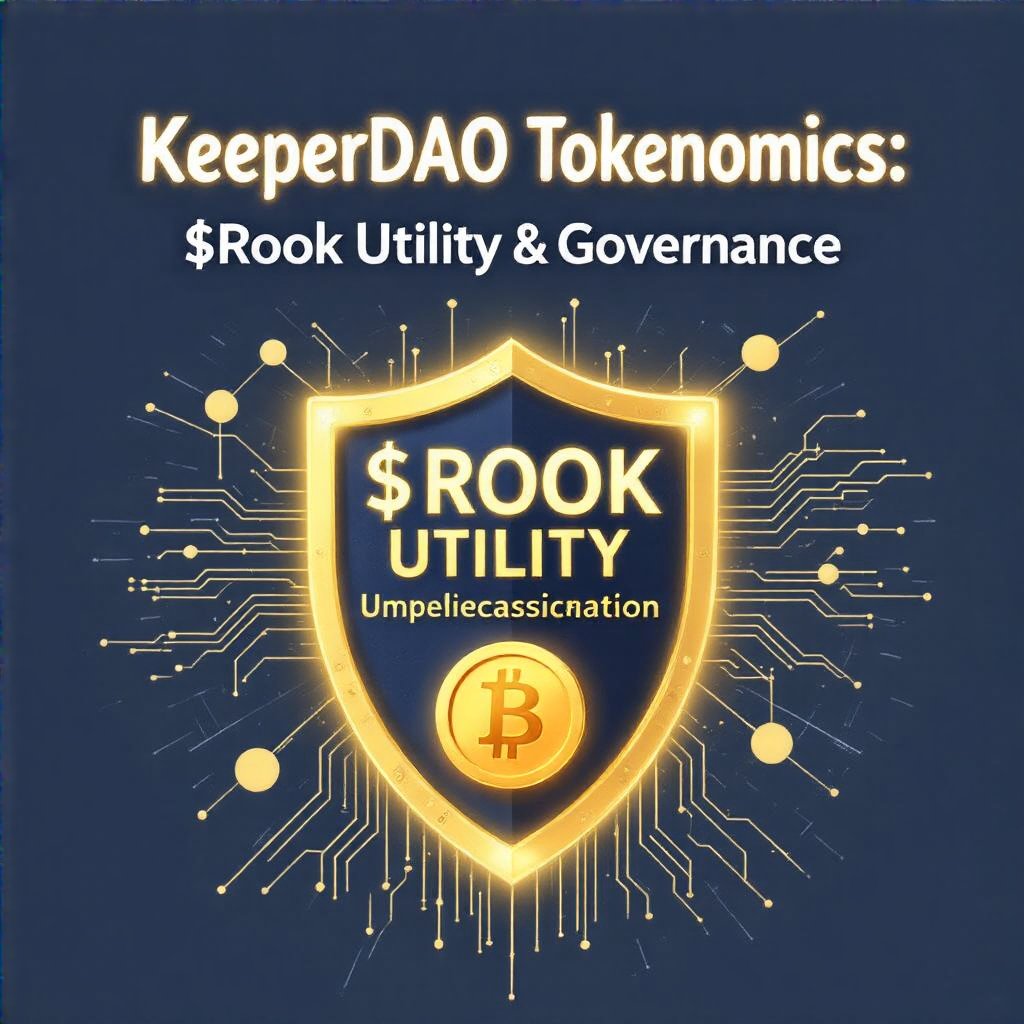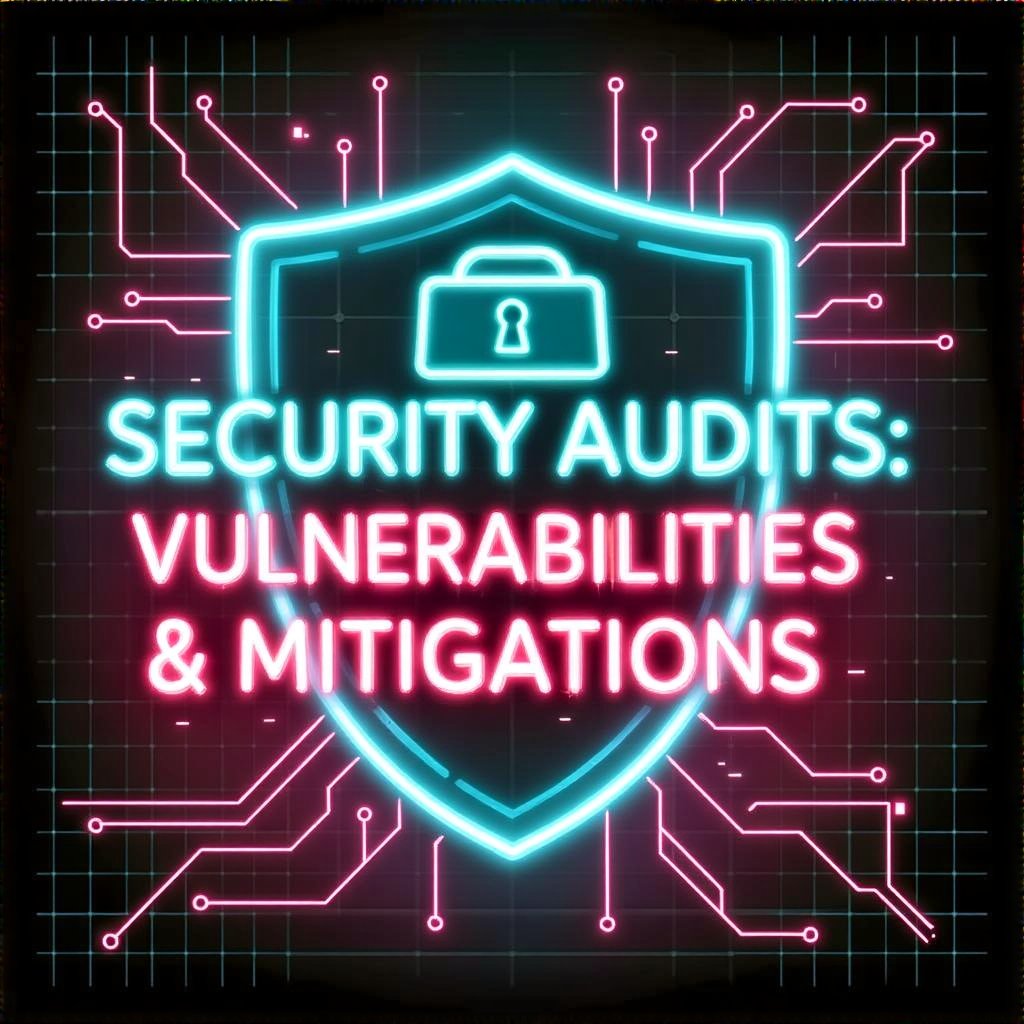KeeperDAO Tokenomics Revisited: A Data-Driven Look at $ROOK Utility and Community Health

KeeperDAO aimed to optimize DeFi collateral management and liquidations, with the $ROOK token anchoring governance, incentives, and security. This updated analysis uses social-network insight and risk framing to separate authentic participation from orchestrated hype, while highlighting how governance signals and security practices shape long-term sustainability.
- Overview
- Intended Utility
- Token Distribution
- Governance, Security & Community Dynamics
- Lessons & Path Forward
- FAQ
Overview: KeeperDAO and the $ROOK Token
KeeperDAO sought to align incentives through collateral-backed mechanisms and liquidations. The $ROOK token was designed to confer governance, reward incentives for stability, and support collateral-based security. Yet the trajectory shows how social dynamics—not just on-chain mechanics—drive uptake and trust. Through social network analysis, we can identify authentic voices vs. hype machines and how sentiment shifts with audits, updates, and external reporting. In the broader DeFi landscape, cross-chain complexity adds risk; for a deeper look, see Cross-Chain Bridge Security & Risks.

Intended Utility of $ROOK
The token was envisioned to fulfill three core roles:
- Governance: token holders could influence risk parameters and fee structures.
- Incentivization: Keepers earned rewards for stability and efficient liquidations.
- Collateral Backing: staking and collateral arrangements reinforced ecosystem security.
In practice, adoption hinges on activity, clarity of incentives, and resilience during outages. The design also contemplates cross-chain and Layer-2 dynamics, a topic explored in Solana & JITO Integration, which spotlights speed and MEV protection as key goals. The governance and incentive model must also shield communities from manipulation and noise that obscure signal.
Token Distribution & Economic Implications
Initial allocations and liquidity mining were intended to bootstrap participation, with community pools and ecosystem funds backing ongoing activity. However, the project’s offline status and shifting sentiment influenced token velocity, perceived utility, and trust in long-term incentives. The social layer—how communities discuss and react to events—remains a pivotal driver of value. For risk-aware readers, consider the perspective in DeFi Insurance Funds Explained.
Governance, Security & Community Dynamics
Participation in governance waned while signals of social manipulation and coordinated FUD surfaced. High-priority topics included audits, vulnerability disclosures, and incident response. Industry reporting, such as CoinDesk, underscores that security remains a moving target and a core governance risk. From a systems view, security is ongoing governance data: transparency, auditable metrics, and proactive moderation reduce discord and help signal true health. For liquidity infrastructure contrasts, see DEX Aggregators vs Standalone DEXs.
To reinforce security hygiene, teams can lean on established practices such as external audits, threat modeling, and defense-in-depth strategies exemplified by Ethereum's security guidelines and OpenZeppelin's security best practices. These resources inform governance design, auditing cadence, and community oversight mechanisms.

Lessons Learned and the Path Forward
KeeperDAO’s case highlights the value of transparency, rigorous audits, and data-driven trust. A social-network lens helps separate authentic community growth from engineered hype and should guide future token designs toward resilience. As ecosystems evolve, the community should demand measurable metrics on participation, security posture, and liquidity depth.
For readers continuing the journey, the topic of risk-aware tokenomics is deepened in our related article on DeFi Insurance Funds Explained, and ongoing governance lessons can be gleaned from security-focused case studies across the space.

Frequently Asked Questions
What caused KeeperDAO's challenges? A mix of governance fatigue, social manipulation signals, and security vulnerabilities highlighted by audits. CoinDesk coverage reinforces the need for ongoing diligence.
How should tokenomics adapt?
Shift toward clearer vesting, transparent KPIs, and robust ecosystem funds. Public, auditable governance metrics and active participation should become norms.
